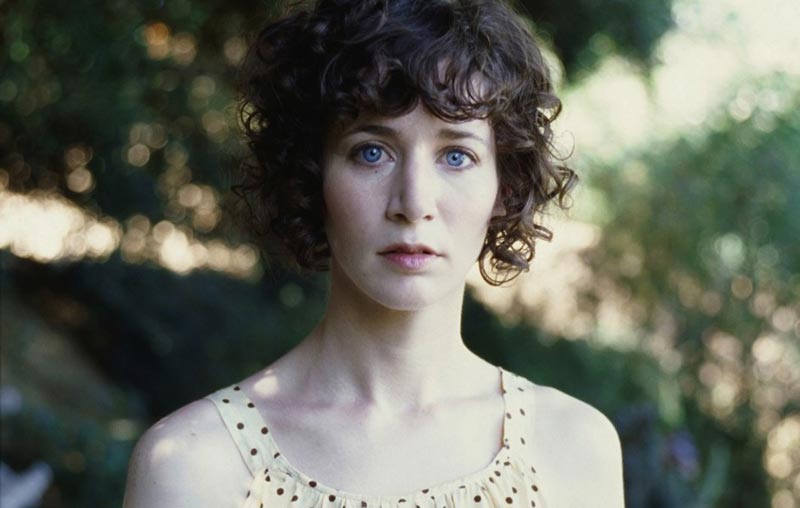On a 2010 visit to New York, I attended The Artist is Present, a retrospective of the work of Marina Abramović. Making my way through all the bodies—some real and some on film, naked, bloodied, scratched, bulging with physicality—made for an unsettling experience, simultaneously sickening and ebullient. Reading Miranda July’s debut novel The First Bad Man brought about a similar reaction.
July has been written off by critics as infuriatingly quirky, but really, she’s made a career of excavating how women live and survive in contemporary America. Her early work, in both film and live performance, was abstract and raw; it provided a mirror for young punk feminists like myself to see themselves in her characters, who navigated dystopian, future-like territories constructed of puzzling, contradictory social interactions and a pummeling sexual subjectivity. A world where they could never just be themselves, whatever that was. And there was the body, always, the messy, sexualized, repressed female body, enmeshed in the male gaze.
The First Bad Man continues these themes, but with more finesse. Which isn’t surprising, since July has amassed a mountain of award-winning books, films, online art projects, and Venice Biennale sculpture gardens since her earlier work like Miss Moviola Project, Margie Ruskie Stops Time and Love Diamond. Written when she was at the precipice of 40 and a new mother, the book finds July seemingly working out the complexities of these dual realities through her characters.

In The First Bad Man, Cheryl Glickman, the 43-year-old protagonist, has a sense being watched. The book begins as Cheryl heads to an appointment with Dr. Jens Broyard, a chromatherapy specialist who might be able to cure her Global hystericus.
“When I stopped at red lights, I kept my eyes mysteriously forward. Who is she? people might have been wondering. Who is that middle-aged woman in the blue Honda?” Cheryl thinks. She is a strange and socially awkward woman, and she’s reached the age where women are tucked away as sexual creatures and handed an invisibility cloak. Much of what she imagines exists only in her head. She is self-aware to a fault, causing more repression than joy. This aggravates her Globus hystericus, an anxiety-induced lump in the throat with no apparent cause.


